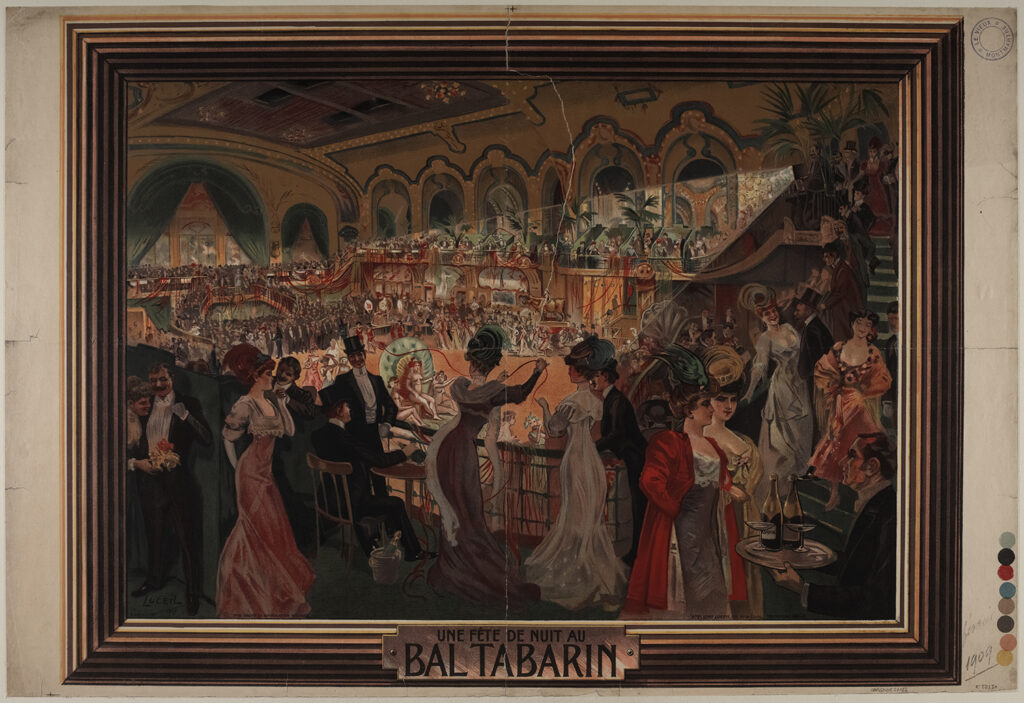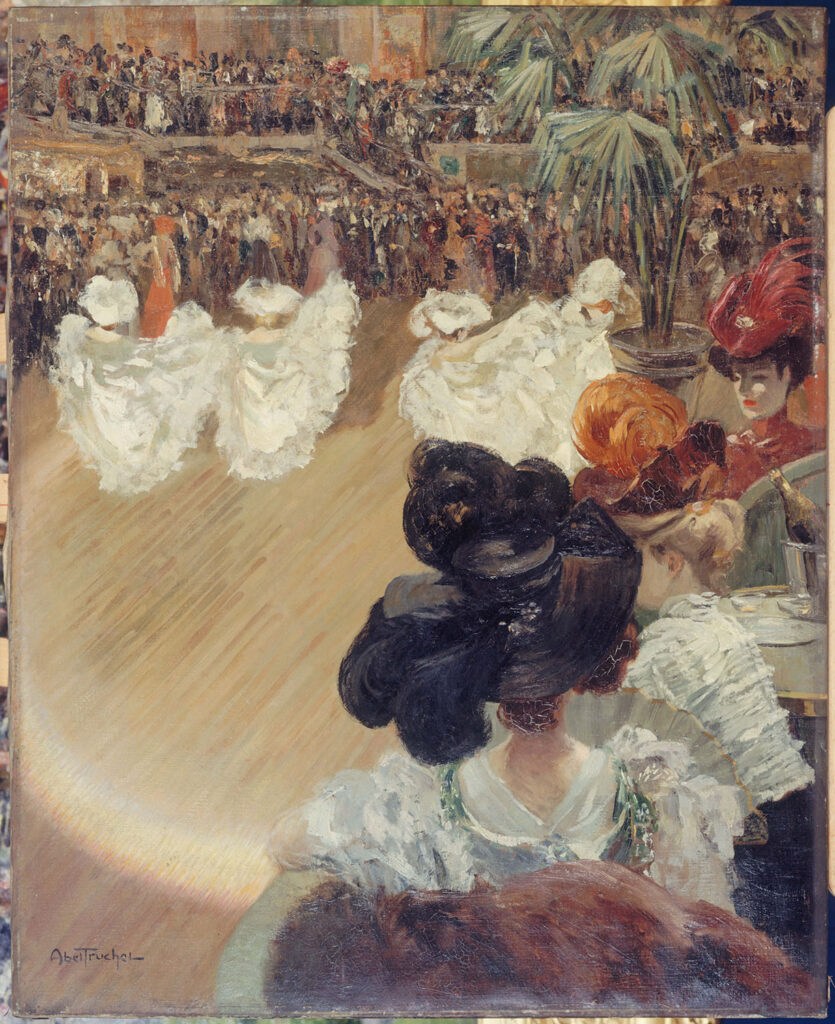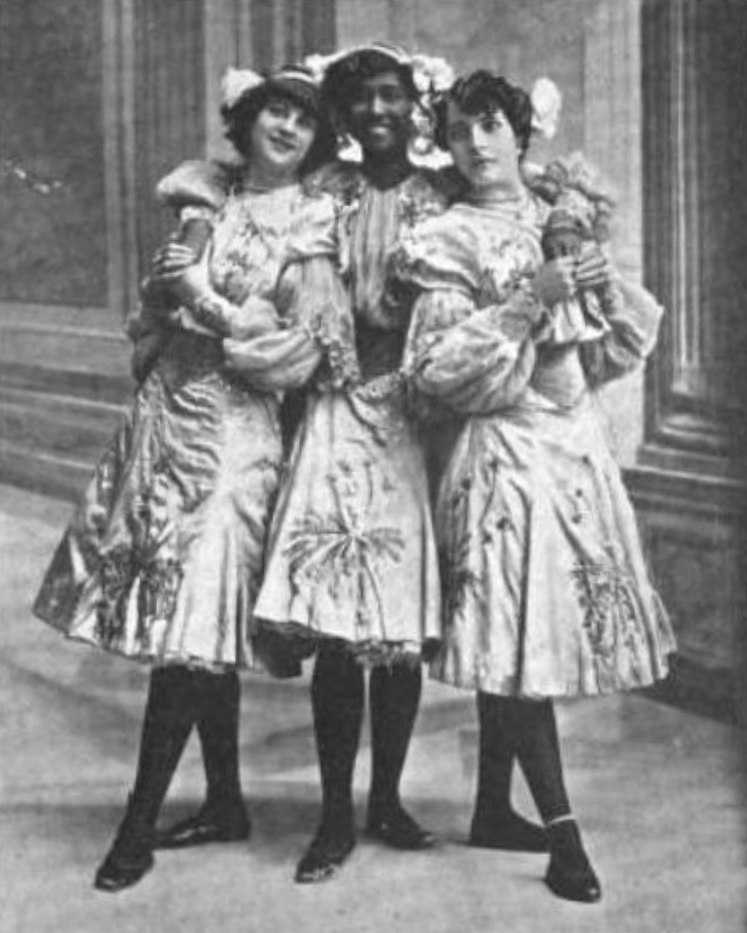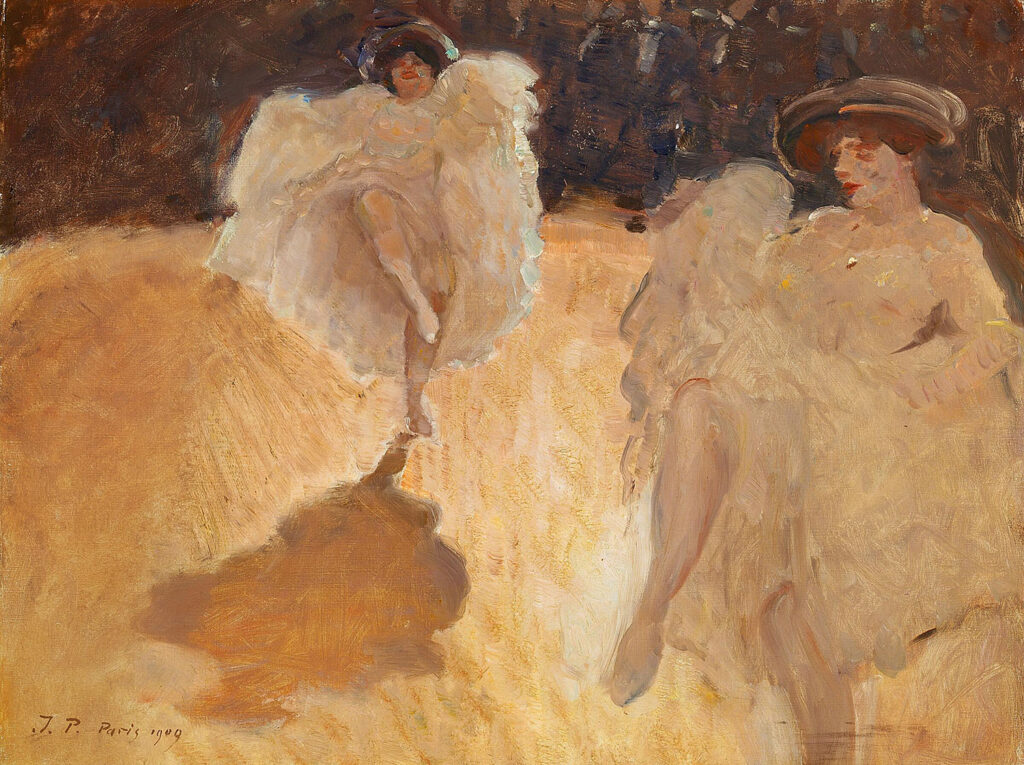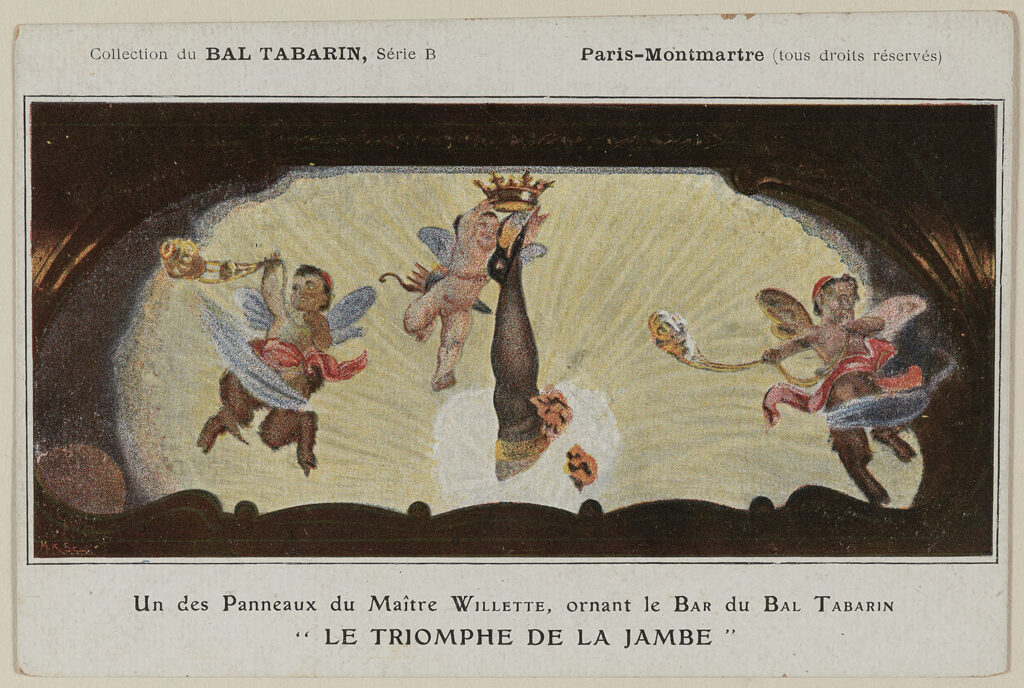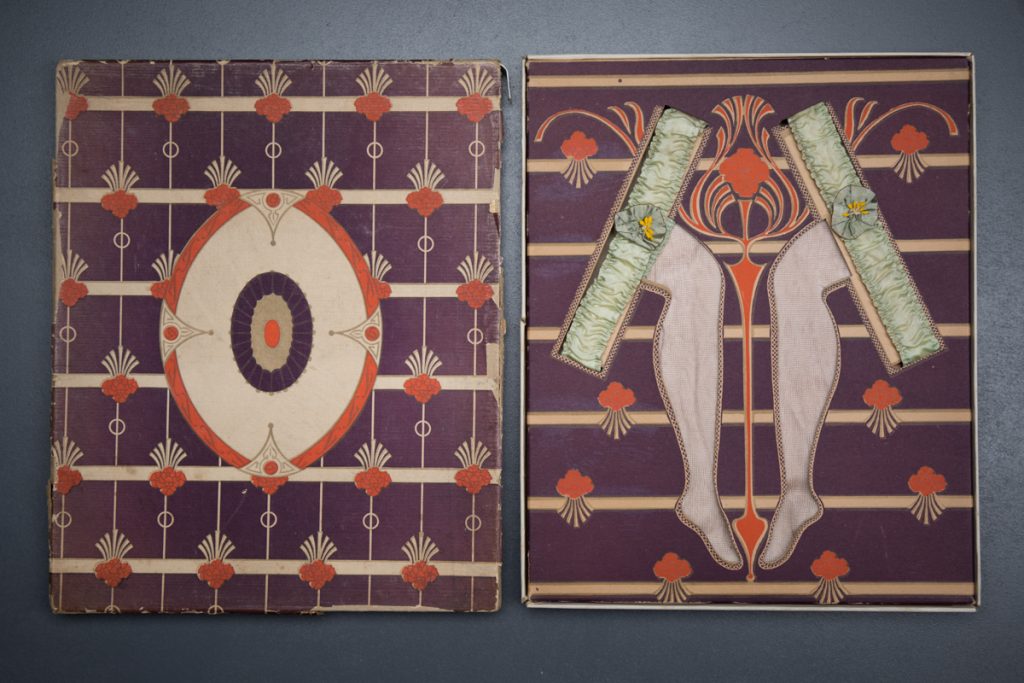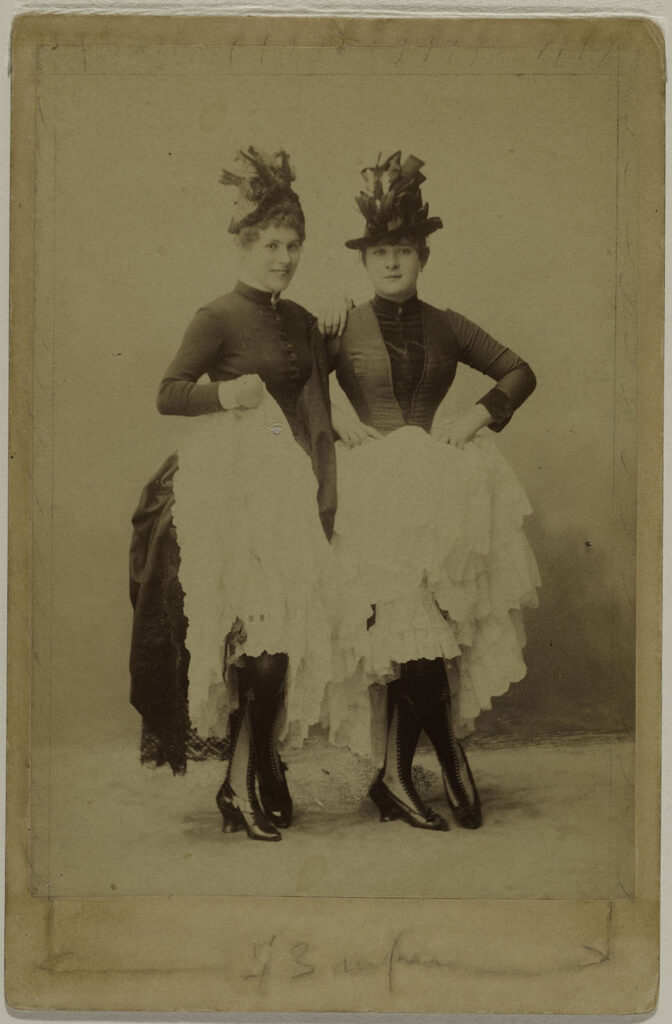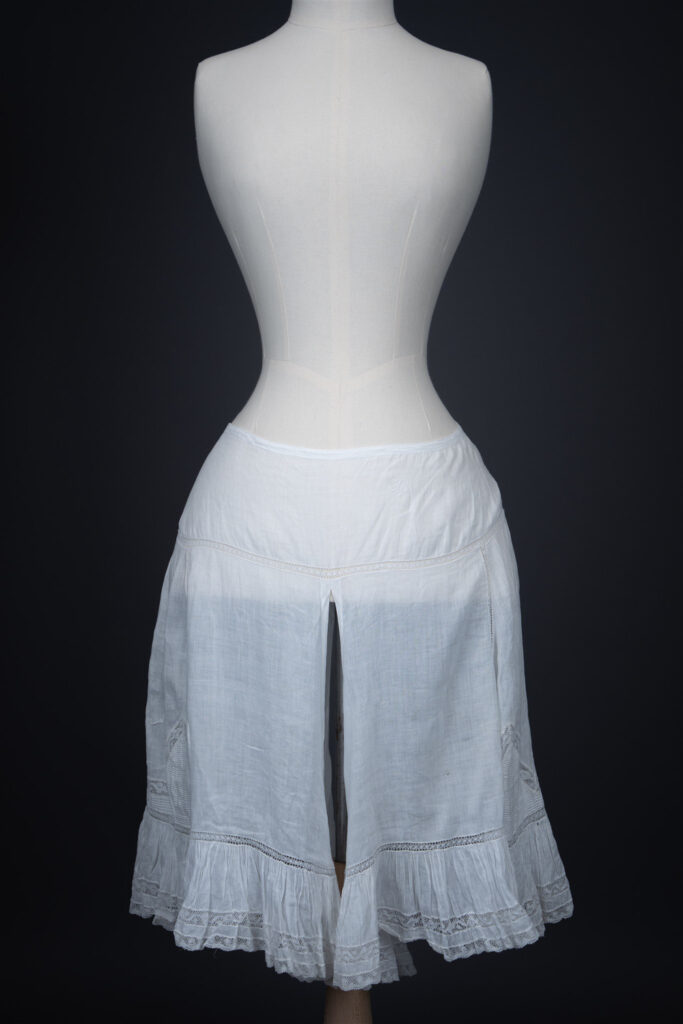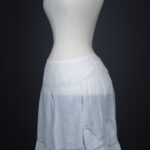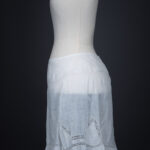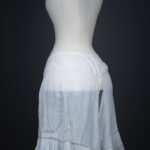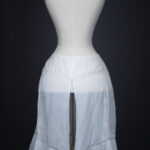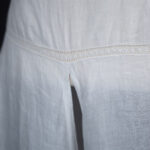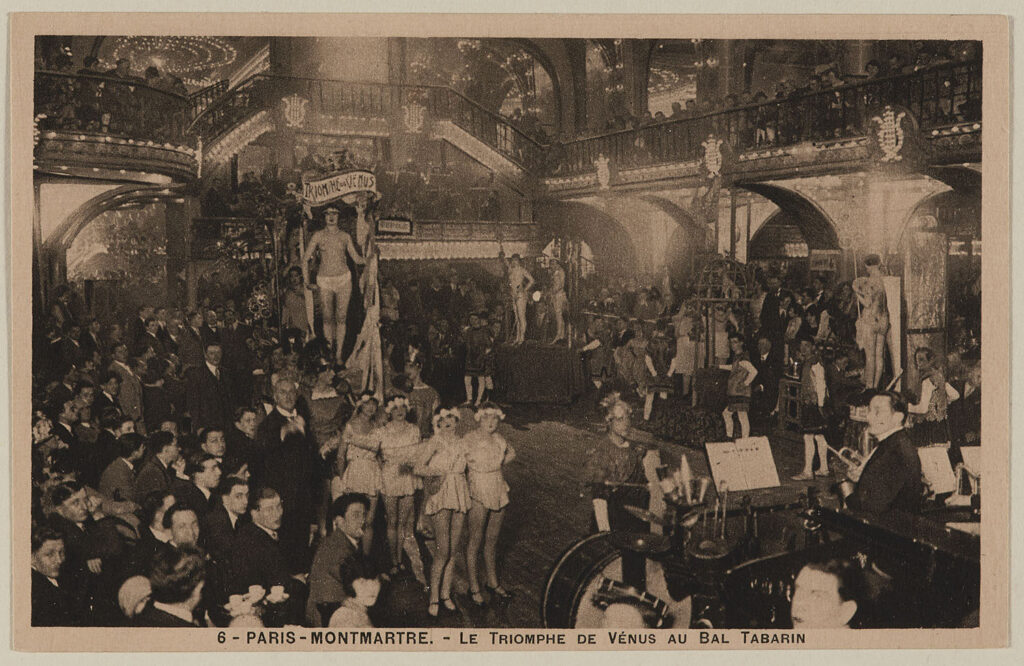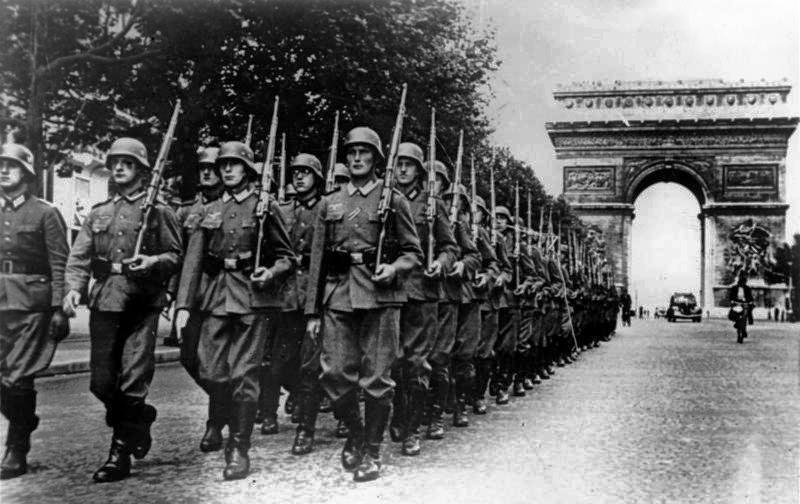Cabaret emerged in 1880s Paris as a vibrant blend of music, dance, comedy, and theater, flourishing in the bohemian Montmartre district. Folies Bergère became a popular nightlife spot after its opening in 1869, and the Moulin Rouge, which opened in 1889, quickly became an icon of this lively culture. As one observer quipped, “Montmartre music halls have become the fashion,” offering revelers a spirited alternative to the theater. In 1904, composer Auguste Bosc opened Bal Tabarin, a dazzling new Art Nouveau venue that soon rivaled its neighbors. As journalist Reginald Wright Kauffman described it in 1920, “The Bal Tabarin was a world of its own, with its own etiquette.”
In 1928, Pierre Sandrini and Pierre Dubout took over, and made Bal Tabarin the home of Sandrini’s spectacular French cancan, a dynamic fusion of Parisian dance-hall flair and British and American chorus-line precision. The venue remained a hub of Parisian nightlife throughout the 1930s and the now-illustrious designer Erté joined their costume team in 1933. During the Second World War, Bal Tabarin briefly acted as a soup kitchen for out-of-work performers until it was reopened and frequented by German officers during the Nazi occupation of Paris. Although it officially closed in 1953 and was demolished in 1966, Bal Tabarin endures as a memory of Parisian nightlife, rowdy performances, and daring costumes.

![Cabarets parisiens [le Bal Tabarin], 1914. Via Wikimedia Commons. Cabarets parisiens [le Bal Tabarin], 1914. Via Wikimedia Commons.](https://underpinningsmuseum.com/wp-content/uploads/2025/07/Cabarets-parisiens-le-Bal-Tabarin1914.-Via-Wikimedia-Commons.-web-1024x739.jpg)
